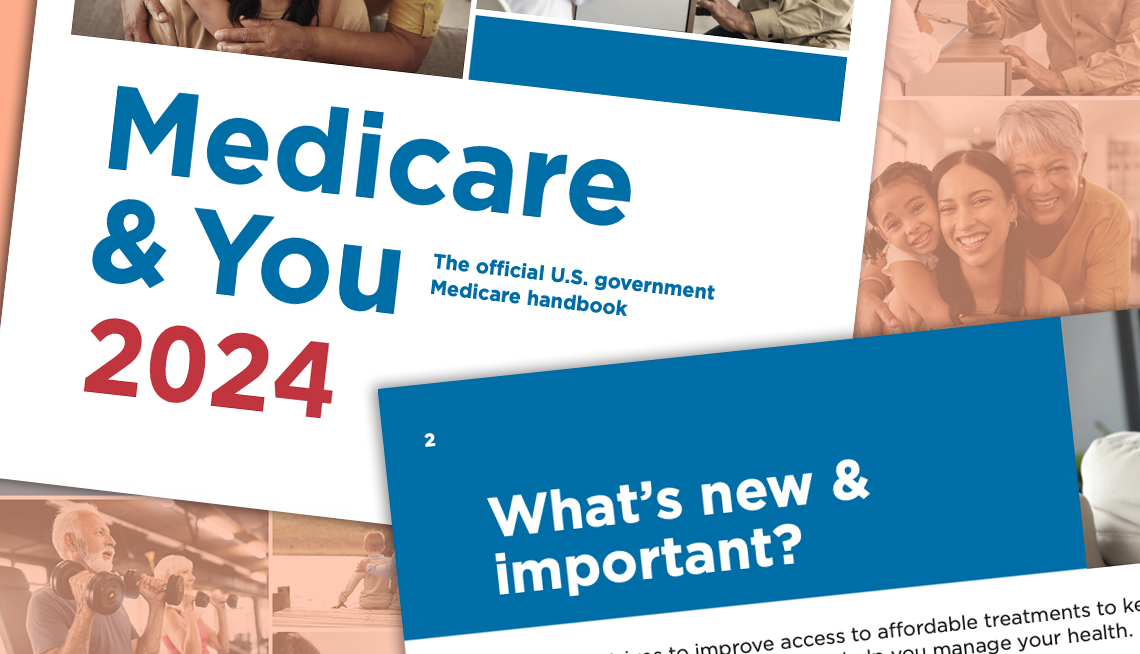
Medicare is a federal health insurance program that is a financial lifeline for millions of people in the United States, including those aged 65 and over, individuals with certain disabilities, and individuals with end-stage renal disease. Medicare solvency is a concern for all of these Medicare beneficiaries.
The program is funded by a combination of payroll taxes, premiums, and general revenue, but concerns about the program’s long-term solvency have been a topic of debate for many years.
One of the main reasons for concerns about Medicare solvency is the increasing cost of healthcare in the United States. Healthcare costs have been rising at a much faster rate than the rate of inflation, and this trend is expected to continue in the coming years. Medicare spending is projected to increase from $800 billion in 2021 to $1.7 trillion by 2030, and to over $3 trillion by 2050. This rapid growth in spending is driven by a number of factors, including an aging population, advances in medical technology, and the increasing prevalence of chronic diseases such as diabetes and heart disease.
Another factor that contributes to concerns about Medicare’s solvency is the structure of the program. Medicare is a “pay-as-you-go” system, which means that current payroll taxes and premiums are used to pay for current beneficiaries’ healthcare costs. As the number of beneficiaries grows and healthcare costs increase, it becomes more difficult to sustain the program without significant increases in funding.
Medicare Solvency & Proposals That Could Save Medicare
Despite these challenges, there are reasons to be optimistic about Medicare’s solvency. The program has been able to weather previous financial challenges, and there are several policy proposals that could help ensure the program’s long-term viability.
One proposal is to increase the age of eligibility for Medicare. Currently, individuals become eligible for Medicare at age 65. However, as life expectancies increase, it may be possible to raise the age of eligibility to 67 or even higher. This would reduce the number of people who are eligible for the program, which could help to reduce overall costs.
Another proposal is to implement changes to the way that healthcare is delivered and paid for. For example, Medicare could shift towards paying for value rather than volume, which would incentivize healthcare providers to deliver high-quality care at a lower cost. Additionally, Medicare could encourage the use of telehealth and other digital health technologies, which could reduce the need for costly in-person visits.
Finally, policymakers could consider increasing the funding sources for Medicare. For example, some have proposed increasing the payroll tax rate or expanding the program to cover more services, such as long-term care.
While concerns about Medicare’s solvency are understandable given the current and projected healthcare cost increases and aging population, there are solutions that could be implemented to ensure the long-term viability of the program. The key will be for policymakers to work together to find solutions that balance the need for high-quality healthcare with the need for fiscal responsibility.





